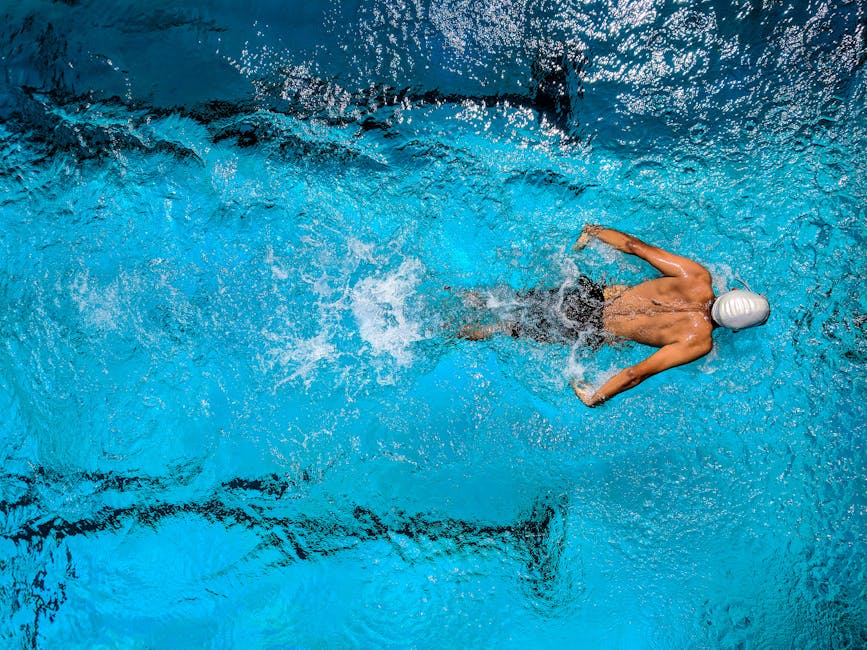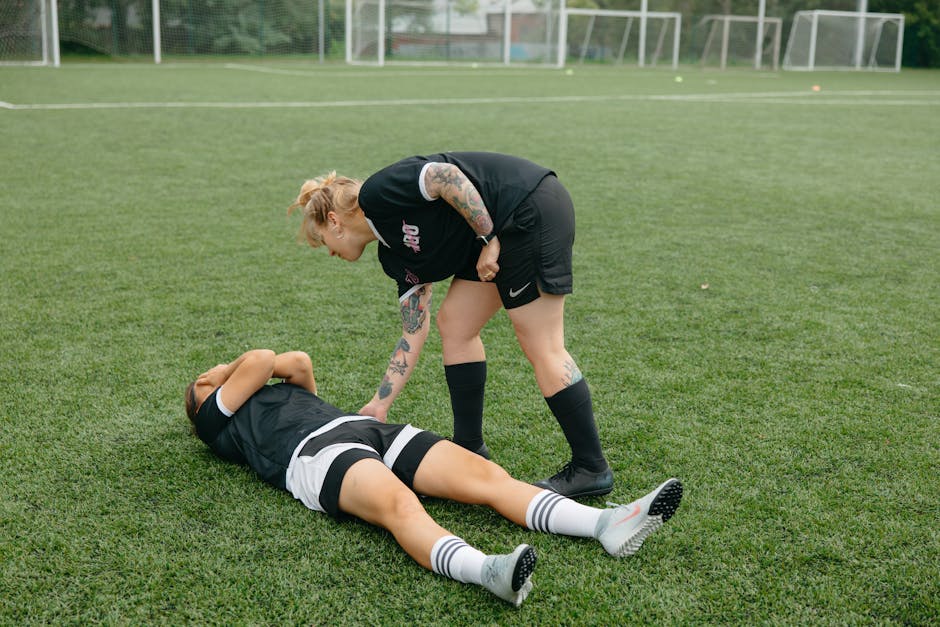Why Recovery Isn’t Optional
Pushing through fatigue might feel noble in the short term, but skipping rest leaves scars under the surface. The body doesn’t bounce back just because you want it to. Every hard session creates micro-damage—tiny tears, central nervous system fatigue, depleted glycogen—all of which need time to repair. Without adequate recovery, you’re not gaining ground. You’re digging a deeper hole.
The cost of ignoring rest isn’t always immediate. It’s the nagging injuries, the plateaus that don’t make sense, the workouts that feel heavier than they should. It’s brain fog, irritability, getting sick more often. Performance dips. Mental clarity fades. And over time, your margin for burnout shrinks to zero.
Recovery is where adaptation happens. It’s what turns stress into progress. If you’re in this for more than a flash of peak output—if you’re training for longevity, consistency, real sharpness—then rest isn’t a break from the work. It is the work.
The Science Behind Recovery
Push hard, pay the price—your muscles and nervous system don’t just bounce back instantly after intense effort. Microtears in muscle fibers are a normal part of training, but they need time and support to heal stronger. On the neurological side, high output drains your central nervous system, impacting coordination, reaction time, and even decision-making. Keep going without a reset, and you’re setting yourself up for performance plateaus, or worse, injury.
Recovery isn’t guesswork. Sleep is non-negotiable—the deeper and more consistent, the better. That’s where your body does the bulk of its repair work. Nutrition fills in the cracks: protein for muscle repair, carbs to restock glycogen, and healthy fats to keep hormones balanced. And hydration? Underrated but essential. Even a small fluid deficit slows every part of the recovery process.
Then there’s the strategy behind how you rest. Passive recovery—full rest days or light movement—is great when your body feels depleted or after heavy competition. But active recovery has its place too: think low-intensity cycling, walking, or mobility work. It helps flush out waste products, stimulates blood flow, and keeps you moving without strain. Know the difference, read your body, and use both on purpose.
Key Recovery Strategies That Actually Work
Recovery isn’t soft. It’s not a luxury. It’s necessary if you’re serious about training with purpose. Here’s where the gains really happen—when you step away from the grind and give the body a chance to do its job.
First, sleep. It’s underrated, overcomplicated, and absolutely non-negotiable. Most athletes need a minimum of 7–9 hours. But more important than the number is the rhythm. A consistent sleep schedule—same time in, same time out—trains your nervous system to switch gears efficiently between stress and recovery. One bad night won’t break you. But string a few together and things start to fray: focus drops, injury risk spikes, recovery slows to a crawl.
Next, nutrition timing and macros. Eating right isn’t just about what, it’s about when. Post-training, you want protein and carbs fast. Think in terms of rebuilding and refueling. A 3:1 or 4:1 carb-to-protein ratio is a solid post-workout starting point. Miss this window regularly and you’re stalling repairs before they even start.
Let’s talk modality. Ice baths? Heat therapy? Massages? They all have their place. The key is matching the tool to the need. Swollen joints after heavy impact? Cold can help. Stiff muscles after volume work? Heat and mobility can speed things up. Massage guns, foam rollers, and low-effort movement (like cycling or walking) help flush waste and restore function. Used right, they’re force multipliers—not magic bullets.
Finally, monitor your load. Overtraining isn’t about pushing too hard once—it’s about never pulling back. Track sleep, mood, resting heart rate, and motivation. If these start sliding, it’s your system flashing warning lights. Rest isn’t weak—missing seasons to injury is. Back off before your body makes the decision for you.
Integrating Rest into Training Plans
Recovery isn’t random—at least, it shouldn’t be. Just like workouts follow a plan, rest needs structure too. That’s where periodization comes in. Smart training blocks include built-in recovery phases, not just as a response to fatigue, but as a preemptive move to avoid it. Think of it like charging your battery before it’s dead.
Still, athletes aren’t robots. Bodies speak, even when the spreadsheet says grind. Listening to subtle signs—trouble sleeping, stalled progress, unmotivated sessions—can tip you off before true burnout hits. Stubbornly sticking to a rigid calendar while your body begs for a break? That’s a fast track to injury and plateaus.
Knowing when to push and when to pull back is an underrated skill. Elite performers learn to read internal cues, adjust expectations, and trust that a well-timed rest day is an investment, not a weakness. Some weeks you hit the gas. Others, you coast. Over time, that rhythm builds something durable.
The Mental Edge of Rest
Why Mental Recovery Matters
Physical recovery is only half the equation. Athletes today face immense mental demands—from intense focus during competition to pressure from training schedules, performance goals, and social expectations. Without active mental recovery, even the most physically conditioned athletes risk burnout.
Key benefits of mental recovery:
- Improves decision-making and reaction times
- Enhances mood and emotional stability
- Reduces risk of stress-related injuries or setbacks
Burnout Prevention Starts with Boundaries
Burnout doesn’t happen overnight—it builds quietly and gradually. Regular rest routines can protect against it by allowing the brain to reset. Athletes who schedule mental check-ins, practice mindfulness, or simply unplug between sessions often report higher motivation and mental clarity.
Tips to prevent burnout:
- Schedule mental rest like physical recovery—don’t leave it to chance
- Use mindfulness, journaling, or light hobbies to decompress
- Watch for early signs: irritability, lack of motivation, mental fatigue
Rest as Competitive Advantage
High performance isn’t just about who trains the hardest. The smartest athletes understand that rest accelerates progress and sharpens focus. Recovery days allow the body to rebuild stronger—and the mind to re-engage with clearer perspective.
Think of recovery as:
- A tool for sharpening mental focus before major competitions
- A strategy to improve consistency over a longer season
- The foundation of resilience under pressure
Taking rest seriously doesn’t make you soft. It makes you sustainable—and in the long run, more competitive than ever.
Final Thoughts: Train Hard, Recover Harder
Elite athletes understand the truth many overlook: recovery isn’t a luxury—it’s part of the job. If you’re training with professional intensity, your recovery game needs to match it.
Why Top Performers Prioritize Rest
- Recovery supports muscle repair, hormone regulation, and sustained performance.
- Athletes who rest strategically perform better and for longer.
- Skipping rest eventually leads to injury, burnout, or plateaued progress.
Don’t Let Recovery Be an Afterthought
Building recovery into your training plan means:
- Scheduling rest with the same importance as training days
- Tracking recovery metrics (like HRV, sleep, mood, soreness)
- Treating recovery like training —with structure, intent, and consistency
Ultimately, recovery is what transforms hard training into lasting results.
For a complete performance picture, see: Pre-Game Workouts: Preparing Your Body for Competition




